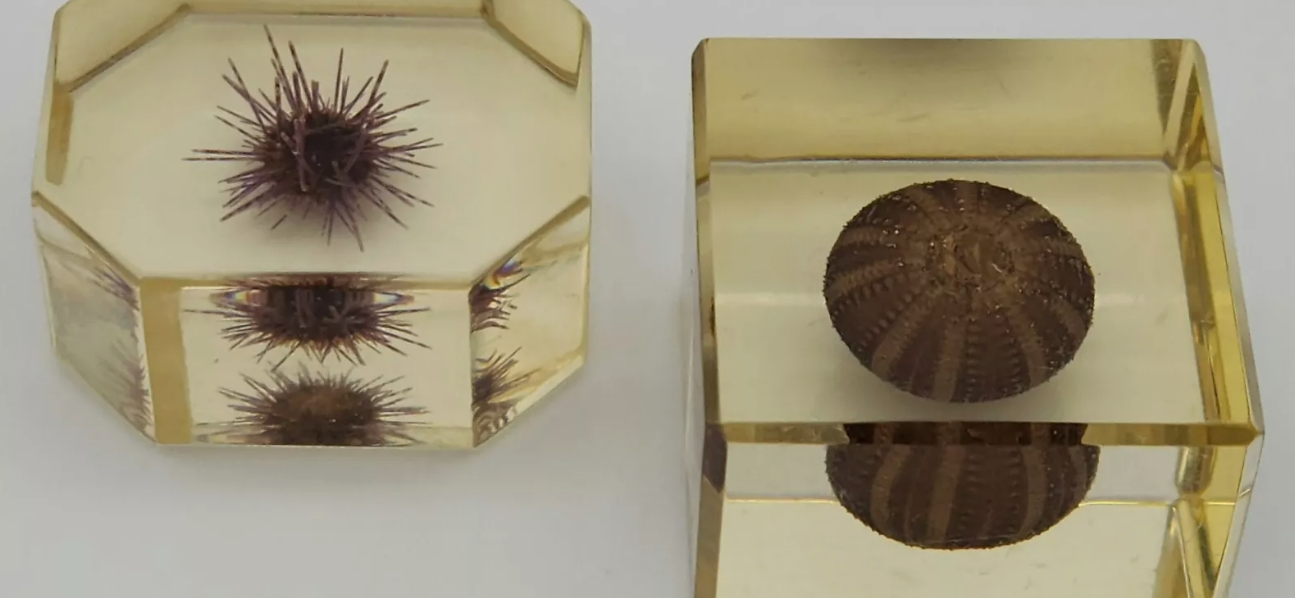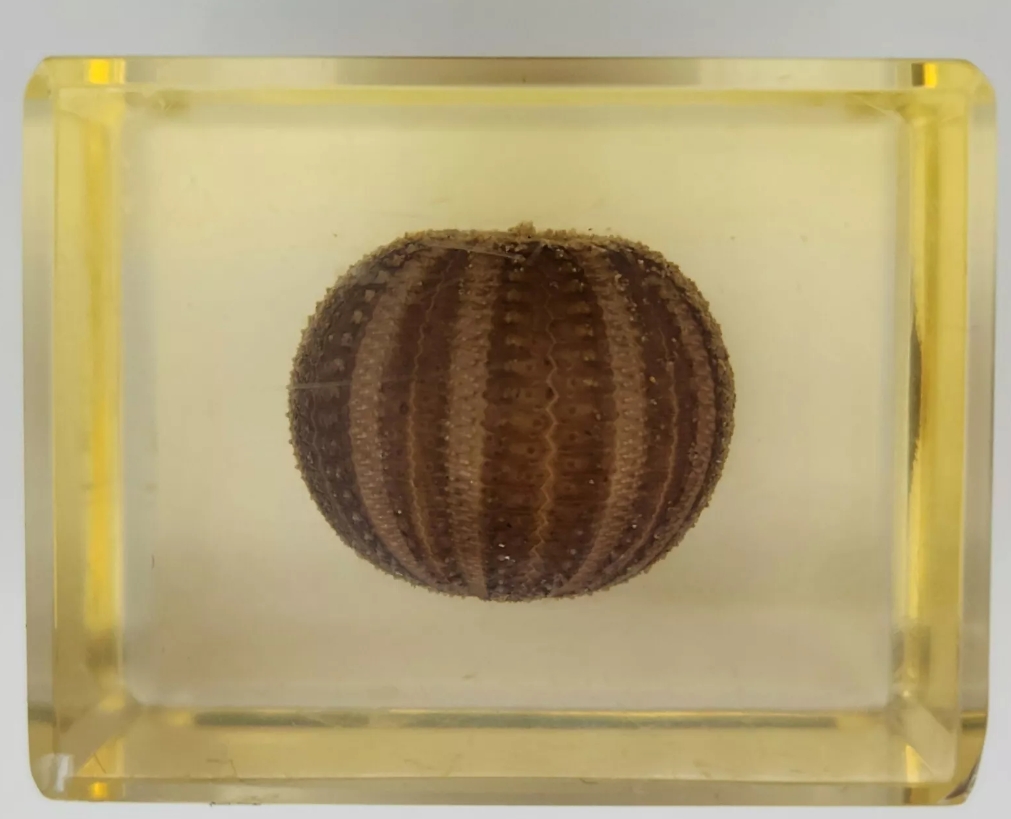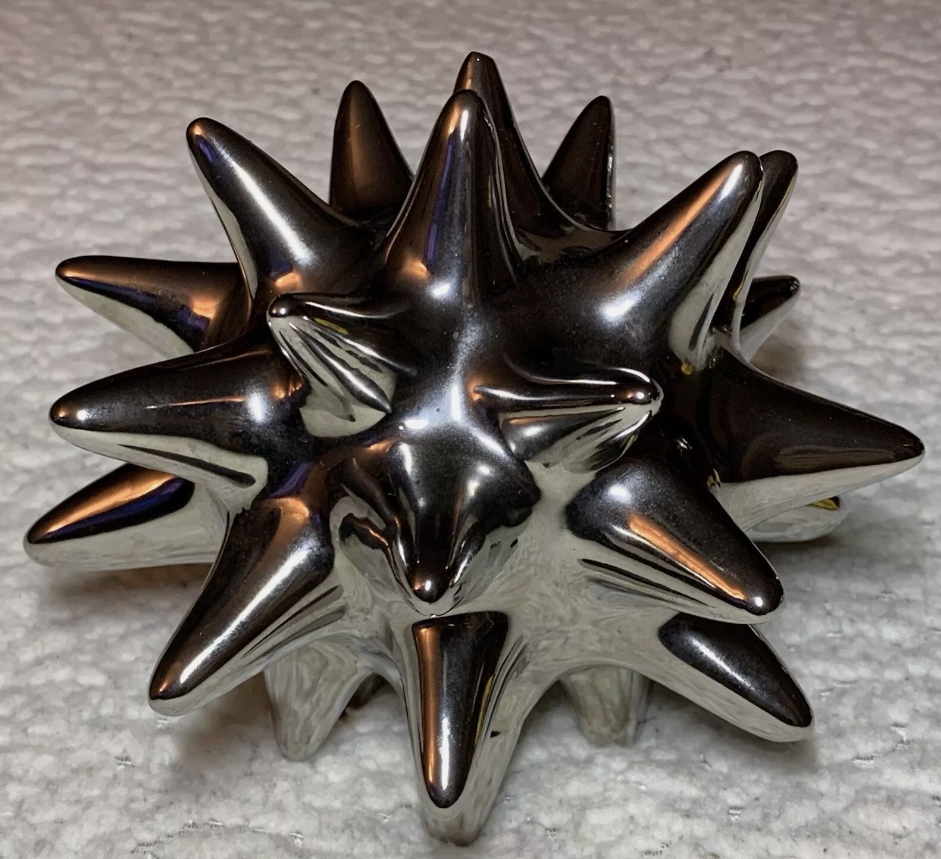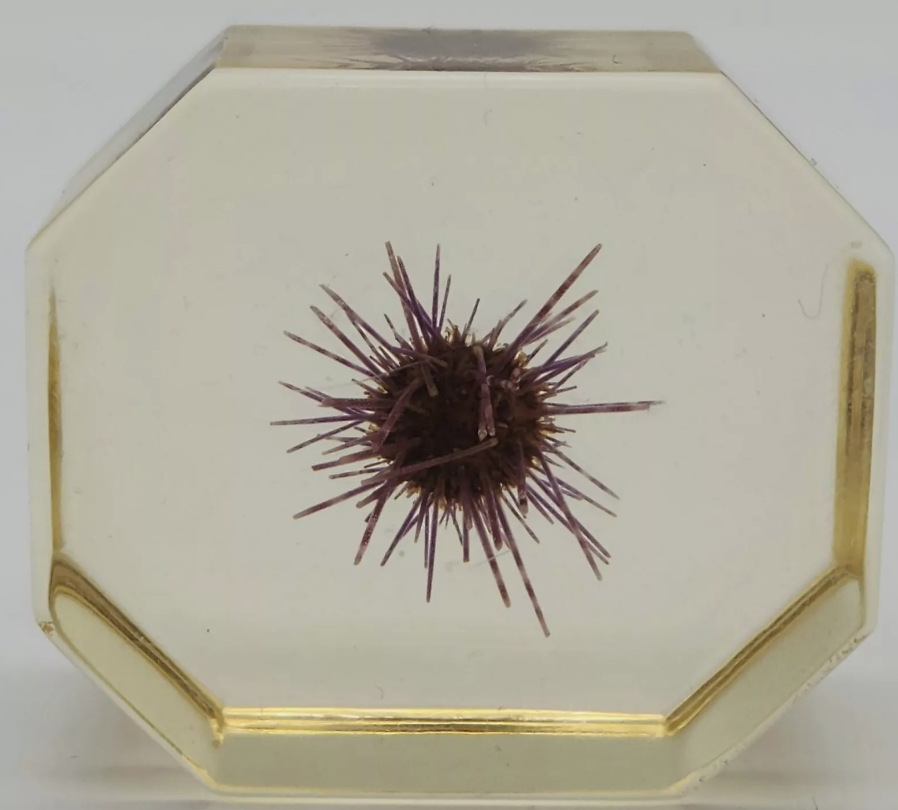Sea urchins are a kind of unique and strange Marine creatures, which attract the attention of many biology lovers with their unique forms and rich colors. As a member of the invertebrate group, sea urchins belong to the phylum echinoderm and possess a unique exoskeleton consisting of hard bony plates covered with many small spines. These spines are not only a protective mechanism for the urchin, but also help it move around the seafloor.
Sea urchins have spherical bodies and usually come in a variety of colors, including purple, green, and black, and although their colors may vary from species to species, they all exhibit an intriguing beauty. These changes in color and texture are a sign of sea urchins adapting to their environment, and many species are able to camouflage themselves to hide from predators.
As an important part of the Marine ecosystem, sea urchins play a key role in the underwater food chain. They mainly feed on algae, seaweed and other organic matter, and can effectively control the growth of algae, so as to maintain ecological balance. However, excess sea urchin populations can also cause imbalances in Marine ecosystems, with the overexploitation of their food triggering a decline in other organisms.
Collecting specimens of sea urchins is an increasingly common hobby, with many natural history museums and private collectors looking to use them to showcase the diversity of Marine life. During the preparation of specimens, sea urchins are usually properly treated and preserved to retain their unique appearance and structure. These specimens are not only important objects for scientific research, but also provide an intuitive reference for educating and demonstrating the diversity of Marine life.
When viewing a specimen of a sea urchin, careful observation of details such as spines, color and shape on its surface can provide a better understanding of the importance and adaptation of these creatures in the Marine ecology.




